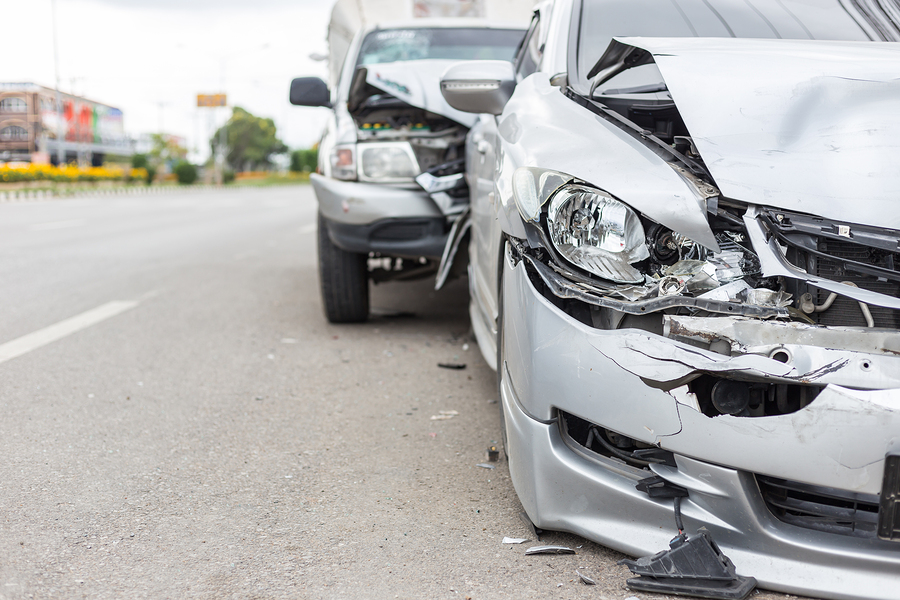How Well Do Car-Safety Features Work?
There is no question that modern safety features on motor vehicles have made huge advancements over the last decade. With the latest safety features like upgraded airbags, anti-lock braking systems (ABS), electronic stability control (ESC), tire pressure monitoring systems (TPMS), back-up cameras and sensors, parking assist features, adaptive headlights, lane departure warnings, and automatic braking features, cars nowadays are safer than ever. However, modern car technology is not foolproof, and car accidents can still occur. In some cases, the technology itself may be defective and may not work when it is supposed to—or in the way in which it is supposed to. In that case, the device manufacturer or distributor could be deemed negligent or liable.
If you have been injured in a car accident that was someone else’s fault, you may be entitled to monetary compensation for your injuries and damages. The Richmond attorneys at Emroch & Kilduff specialize in personal injury law and may be able to assist you with obtaining monetary compensation in your case.
Lane Departure Warnings
A lane departure warning device on a motor vehicle monitors lane markings on the roadway using cameras or lasers. If your vehicle exits its lane without an activated turn signal, the system alerts. Depending upon how expensive the system is, it may also vibrate the steering wheel or jolt the driver’s seat. Currently, this device comes standard on some luxury cars, but it is slowly becoming more available on lower-end models and is sometimes offered as part of an upgraded “technology package.” With regard to lane departure warning devices, the Insurance Institute for Highway Safety (IIHS) has found that these devices are not always effective, but that in fact, lane-departure-equipped cars were sometimes more likely to be involved in an accident.
Forward Collision and Auto-Braking Devices
Forward collision warning devices use cameras, radars, or lasers to detect vehicles and alert the driver if he or she is closing in too fast. The device may alert or vibrate the steering wheel in order to get the driver’s attention quickly. At this time, the IIHS will not give a vehicle model its top safety rating without a forward collision device being present on the vehicle. Auto-braking devices take the forward collision warning device a step further. If the driver does not heed an auto-braking device’s warning signal, the vehicle’s brakes automatically engage, stopping the car before a collision occurs. Auto-braking devices, like lane departure warning devices, are becoming increasingly more common on moderately priced sedans, as well as on lower-end vehicles.
Contact a Personal Injury Lawyer Today for a Case Evaluation and Free Legal Consultation
It is important to understand that no safety device can totally prevent car accidents from occurring. The Richmond personal injury experts at Emroch & Kilduff can review the facts and circumstances of your accident and determine who or what caused the accident. Our attorneys can then make a personal injury claim or file a lawsuit against the appropriate person or persons on your behalf. In order to schedule a free consultation or case evaluation with a Richmond personal injury lawyer, please call us today at (804) 358-1568 or contact us online.


